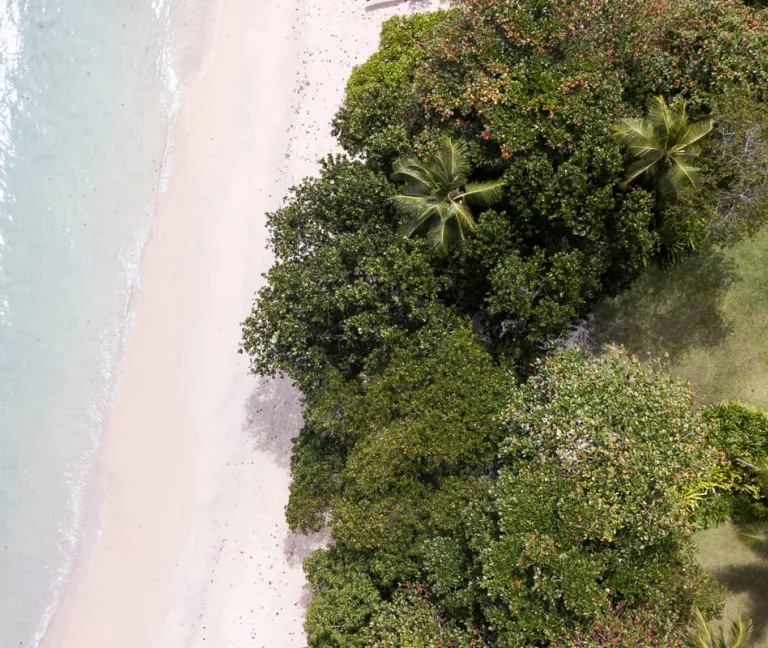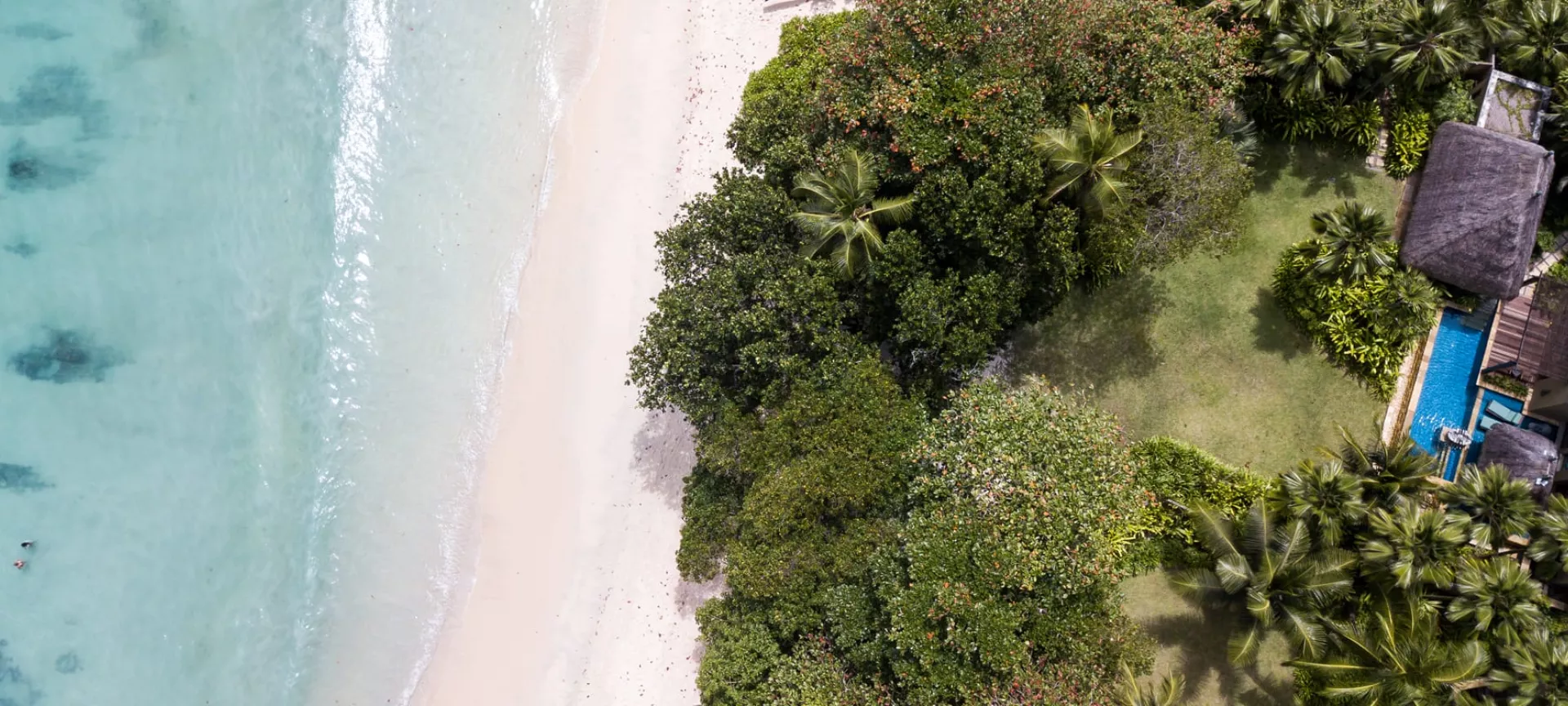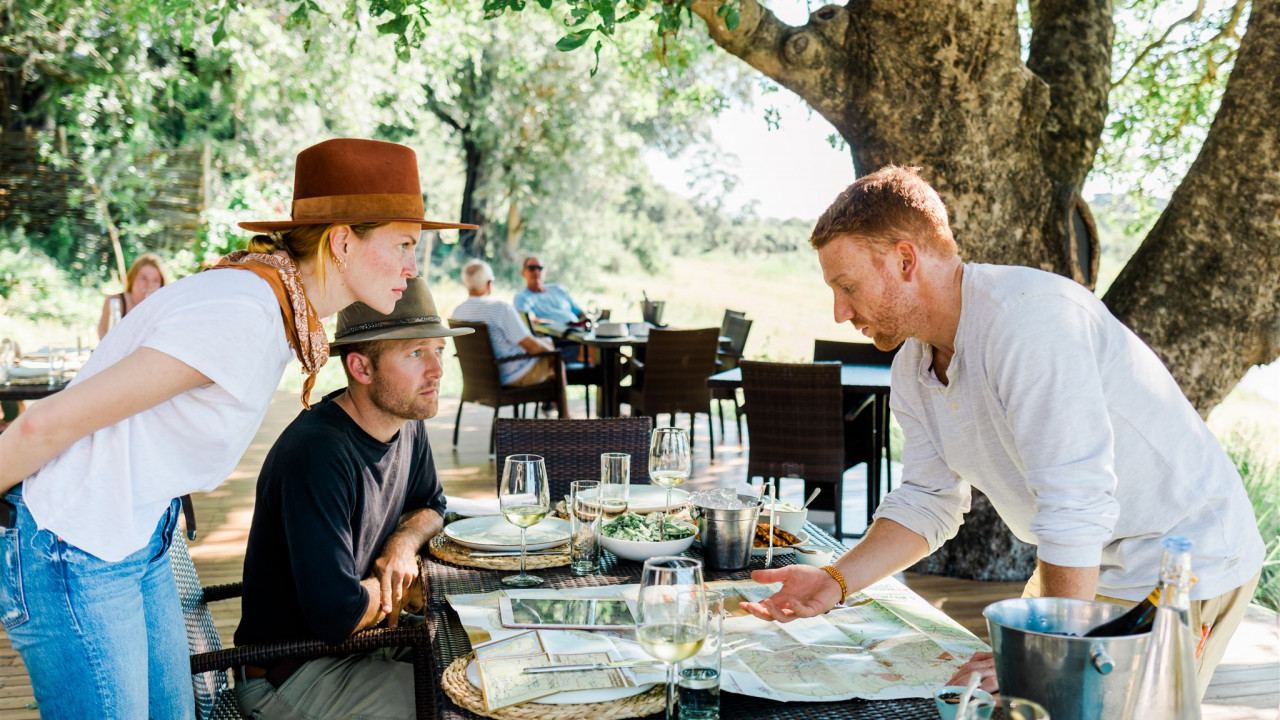
In this notebook entry I will revert to being a trainee guide who is faced with the enormous task of deciphering the bewildering diversity of mammals, birds, reptiles, grasses, trees and everything in between.
Each month I'll take a look at a few members of the flora and fauna tribes in the hope that we can teach you a little something to impress your guide when you arrive on safari.
--
Reptile of the month - Crocodile
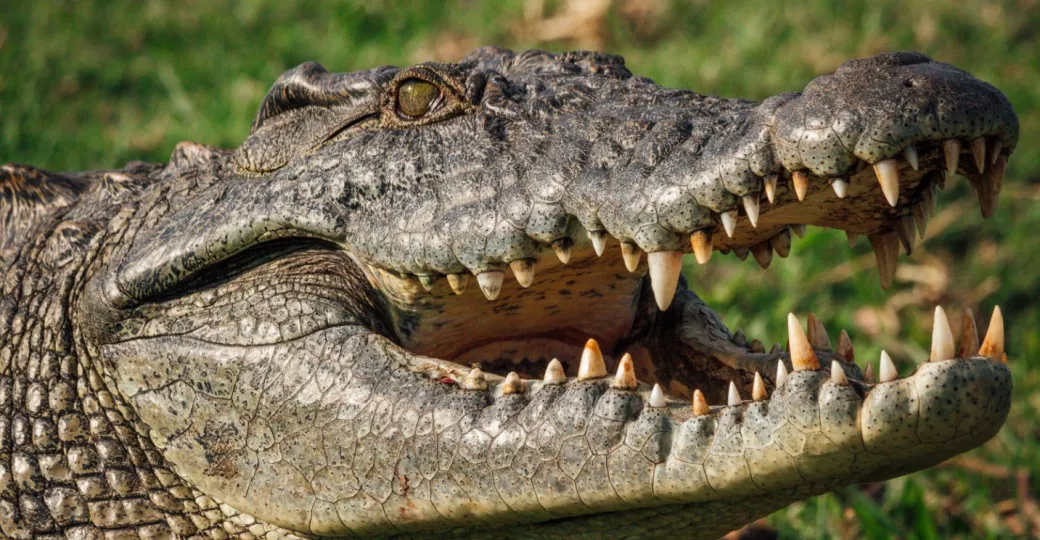
A crocodile opening its mouth to cool itself down along the Chobe River, Botswana- Toby Pheasant
Crocodiles, loathe them or love them they are rather impressive creatures that have been living on this planet for over 240 million years. In Africa we are 'lucky' to regularly see the Nile crocodile, which although isn't a match for the 'salties' of Australia are still enormous. Records show that they can exceed 6 metres in length and can weigh over a ton, however sadly the majority of these 'whoppers' were hunted/poached out over the past couple of centuries.
We probably find them terrifying due to how they are able to completely disappear under water, laying in wait for over 20 minutes to pounce. Scenes from the wildebeest and zebra river crossings between Tanzania and Kenya don't do them any favours either.
Fun fact: did you know that for many reptiles, temperature dictates whether the eggs will become males or females. Unlike the majority of other reptile species (including turtles), in crocodiles the cooler the temperature the more likely the egg will become female. Because crocodiles lay eggs in layers underground, the temperature varies throughout the hole resulting in a mix of males and females.
Where to stay to see one: Tusk & Mane
--
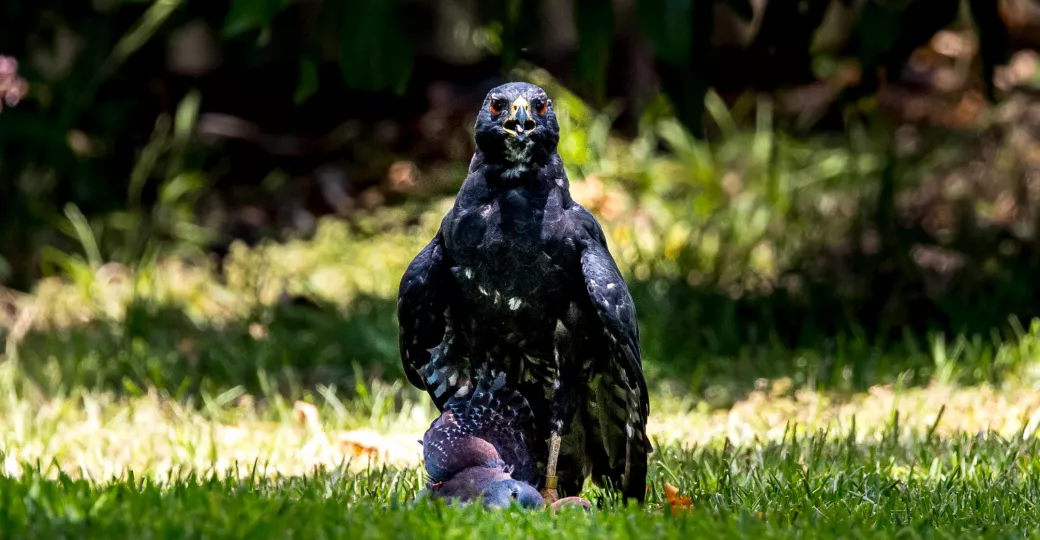
Black Sparrowhawk photographed in Toby's back garden - Toby Pheasant
Bird of the month - Black Sparrowhawk
This month's bird of note is without a doubt the Black Sparrowhawk. Ever since one landed with a freshly caught pigeon in my garden a few weeks ago, metres from the study window, the Black Sparrowhawk has become my favourite bird of prey. While reading up about this bird it's clear that I was in fact very lucky to see this species here at all. Between 1800 and 1970 there were no records at all of these birds in South Africa's Western Cape. Only more recently have they begun to return here.
Black Sparrowhawks feed predominately on birds, especially pigeons and doves, catching them while hunting on the wing. They live in monogamous pairs in large stick nests build and regularly refurbished by both the male and female.
To see the video of the bird in my garden click below.
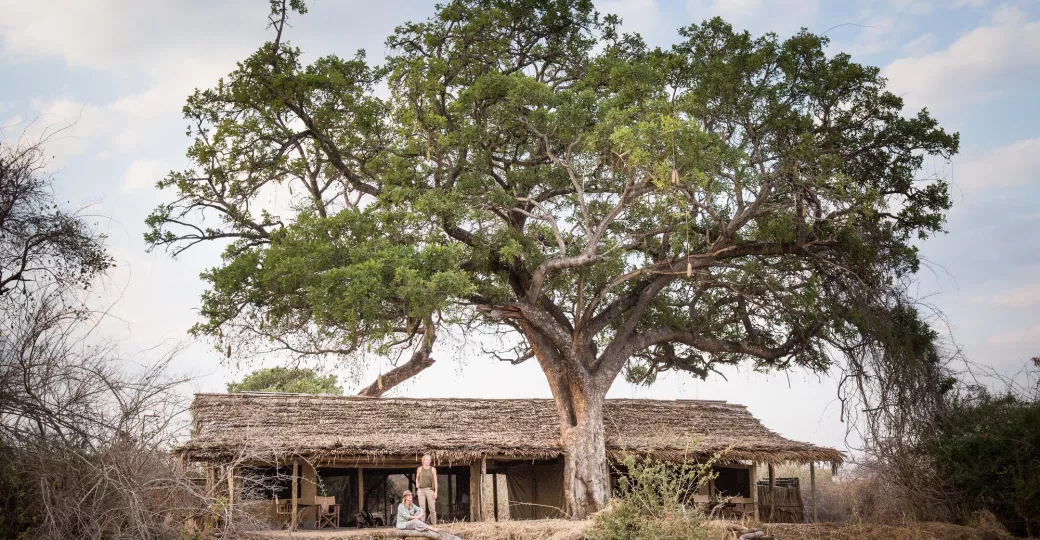
Sausage Tree photographed in front of Nomad Tanzania's Kigelia Camp - Nomad Tanzania
The Sausage Tree is easily one of the most recognisable/identifiable trees we find in Africa, thanks rather conveniently to their enormous, hanging, sausage like fruits. The Sausage Tree is a firm favourite of ours.
During late winter and early spring beautiful, almost orchid like, giant red flowers blossom attracting a stunning array of birds and bats, drawn to the sweet nectar. The tree is extremely useful, not only as a shaded resting spot for snoozing leopards, but the also for making canoes, such as those found in Botswana's Okavango Delta. For many cultures the tree is worshiped as a holy tree with huge importance bestowed upon it, including the ability to ward off evil spirits.
The sausage, eaten by baboons and a few other animals is said to be highly poisonous to humans, although we haven't tested that for ourselves.
Where to stay to see one: Kichaka
--

Toby Pheasant
Toby first visited Africa at the tender age of four when he accompanied his family on their first of several safari holidays. From that moment on Toby’s love affair with Africa’s nature and wildlif...
View profileNever miss a notebook entry with our newsletter

